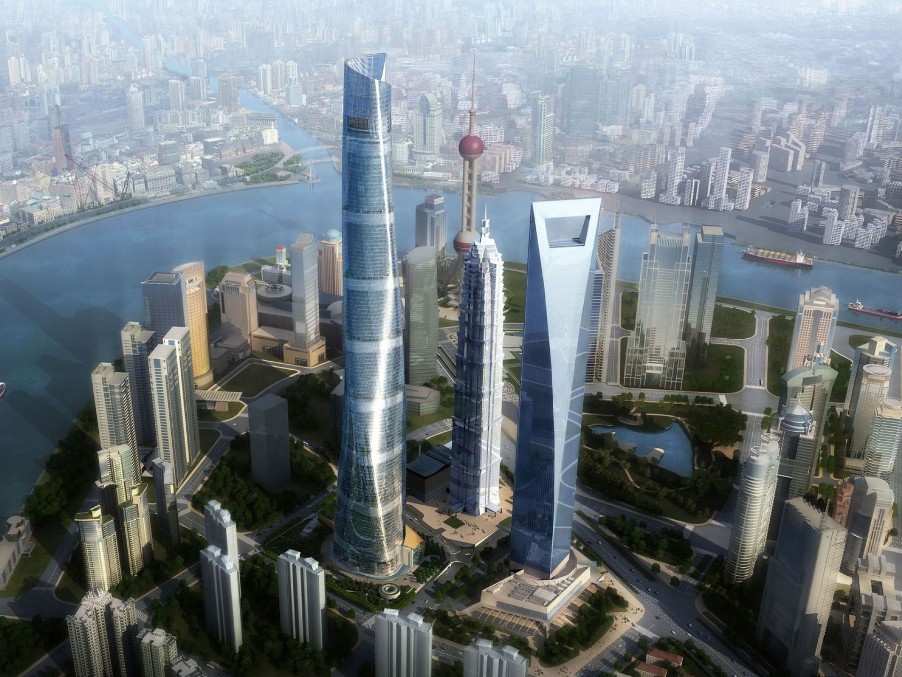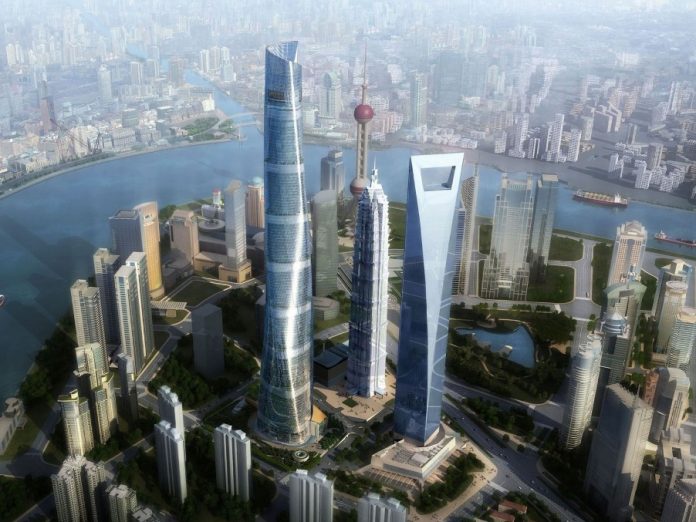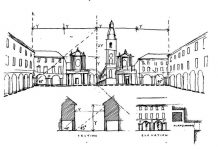In high-rise structures consisting of various volumes in the form of stepped, tiered and other compositions, when viewed from below, significant closures of the upper volumes and parts of the building located below are often observed. These closures in some cases can reach significant sizes, which in turn affects the proportions of the building in the future, the expression of height and harmony.
The architectural elements of the composition, which prepare the transition from one volume to another, sometimes turn out to be completely or largely closed, as a result of which the final volumes do not receive an organic connection with the lower ones, disrupting the natural upward growth.
If during the design process the author does not pay special attention to this issue, does not reveal the nature and degree of closures in the future, then after the construction he may encounter a number of unforeseen moments that negatively affect the artistic image of the structure – Examples of this kind are not isolated.
So, in the hotel built in recent years on Mayakovsky Square, there is a significant closure of the upper volume, as a result of which the high-rise, final part of the building with a spire seems clearly insufficient. In the future, the spire and the tower crowning the building seem to have “failed”, their bases are closed by the underlying volumes. From a distance equal to the height of the hotel, on the opposite side of the Garden, the upper tiers, especially the crowning volume and the spire, are largely closed by the protruding parts of the lower volumes.
The perspective image, constructed at a vertical angle of 40 °, shows that the appearance of the structure, the nature of the height and harmony do not correspond to the orthogonal drawing of the facade. The change in the proportions of the building in the future is also significantly affected by the fact that the main volume and the second tier of the tower are facing the square at an obtuse angle. This worsens the perspective of the building from the square. From the perspective, the volumes of the tower look heavy and as if “settled”, and the crowning volume seems to be even more retreating behind the underlying volume as a result.




















